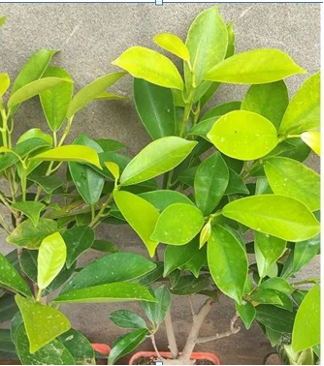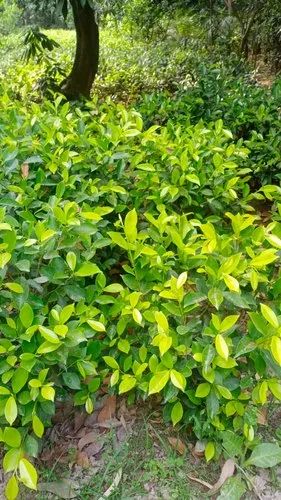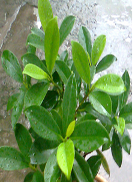HERBAL GARDEN
Vivek college of Ayurvedic Sciences & Hospital Bijnor UP
पांडा



Classification
Synoyms
Panda Vruksha
Ficus Panda Gular
Habit
Evergreen tree or large shrub. Grown both for medicinal use and as an ornamental plant.
Habitat
Native to tropical and subtropical regions. Cultivated in gardens, roadsides, and sometimes near temples. Prefers warm climate and moist, well-drained soil.
Morphology
- Leaves: Thick, leathery, dark green, ovate to oblong, shiny surface
- Fruits: Syconium (fig-like), green when raw and turning reddish-purple when ripe
- Stem/Bark: Woody, pale brown to gray bark
- Growth: Dense foliage, often pruned as ornamental hedge
Chemical Composition
Tannins,
Flavonoids,
Saponins,
Alkaloids,
Phenolic compounds,
Enzymes (like ficin),
Carbohydrates,
Latex contains proteolytic enzymes
Guna-Karma
Rasa- Kashaya (astringent), Madhura (sweet)
Guna- Guru (heavy), Snigdha (unctuous)
Virya- Sheeta (cooling)
Vipaka- Madhura (sweet)
Karma- Vrana Ropana, Shothahara, Rakta Stambhaka, Balya, Krumighna
Doshakarma- Pacifies Pitta and Kapha
Medicinal uses
Latex is applied externally for skin diseases and wounds
Fruit used as laxative and digestive
Bark decoction used in diarrhea and dysentery
Helpful in treating bleeding disorders (Raktapitta)
Promotes healing of ulcers and chronic wounds
Used in urinary and reproductive system disorders
Useful Part
Latex
Fruits
Bark
Leaves
Doses
Fruit pulp: 10–20 g
Bark decoction: 40–80 ml
Latex (external use): as needed
Leaf juice: 10–15 ml
Important Formulation
Panda Ksheera
Kwatha (decoction) of bark for diarrhea
Shloka
Hindi Name
पांडा / पांडागूलर
English Name
Panda Fig / Ornamental Fig
Botanical Name
Ficus panda
Family
Moraceae